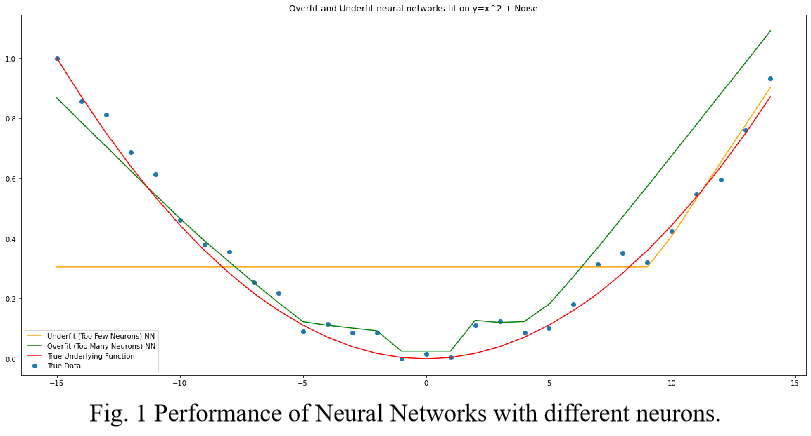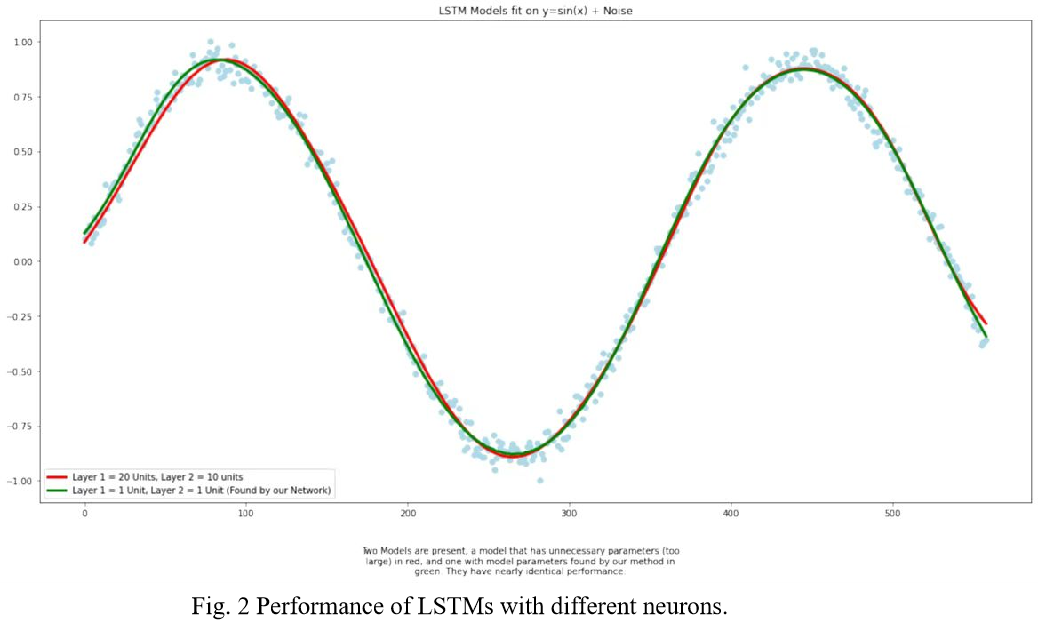Neural Network Achitectures
Neural Networks are everywhere nowadays, being able to fit any arbitrary function in order to discern some truth about the underlying data. When designing a Neural Network, the choice of architecture is of utmost importance, since a network too large would result in a network unable to generalize to other data, and a network too small would be unable to accurately reflect the underlying data distribution.
The typical way the architecture is chosen is via the architect's intuition based on their previous experience with various Neural Network architectures. However, this relies heavily on the user's experience, and so automated ways of determining the optimal architecture have recently come about. This emerging field of Auto-ML is critical in developing reliable systems that can find the underlying truth of the data.
Several research directions in this field involve the use of Genetic Algorithms and Particle Swarm Optimization to determine the parameters. In this lab, we seek to use Bayesian-based methods to systematically determine optimal Neural Network architectures, and do so in a method that guarantees a global optimum, while attempting to speed up the process of reaching this state.
For applications of this research, by optimizing the networks in an automated fashion, it would be possible to create a Neural Network architecture from scratch with no prior knowledge about the underlying network and what size works best. It also allows us, by using Bayesian methods, to include the designer’s previous knowledge if they so choose. Secondly, it should shrink the size of some Neural Networks that may be too large and over-tuned for the problem at hand, and enlarge those that are too small, to optimize the resources available and specifically in the case of larger networks, not waste resources on extraneous calculations.
 |
 |